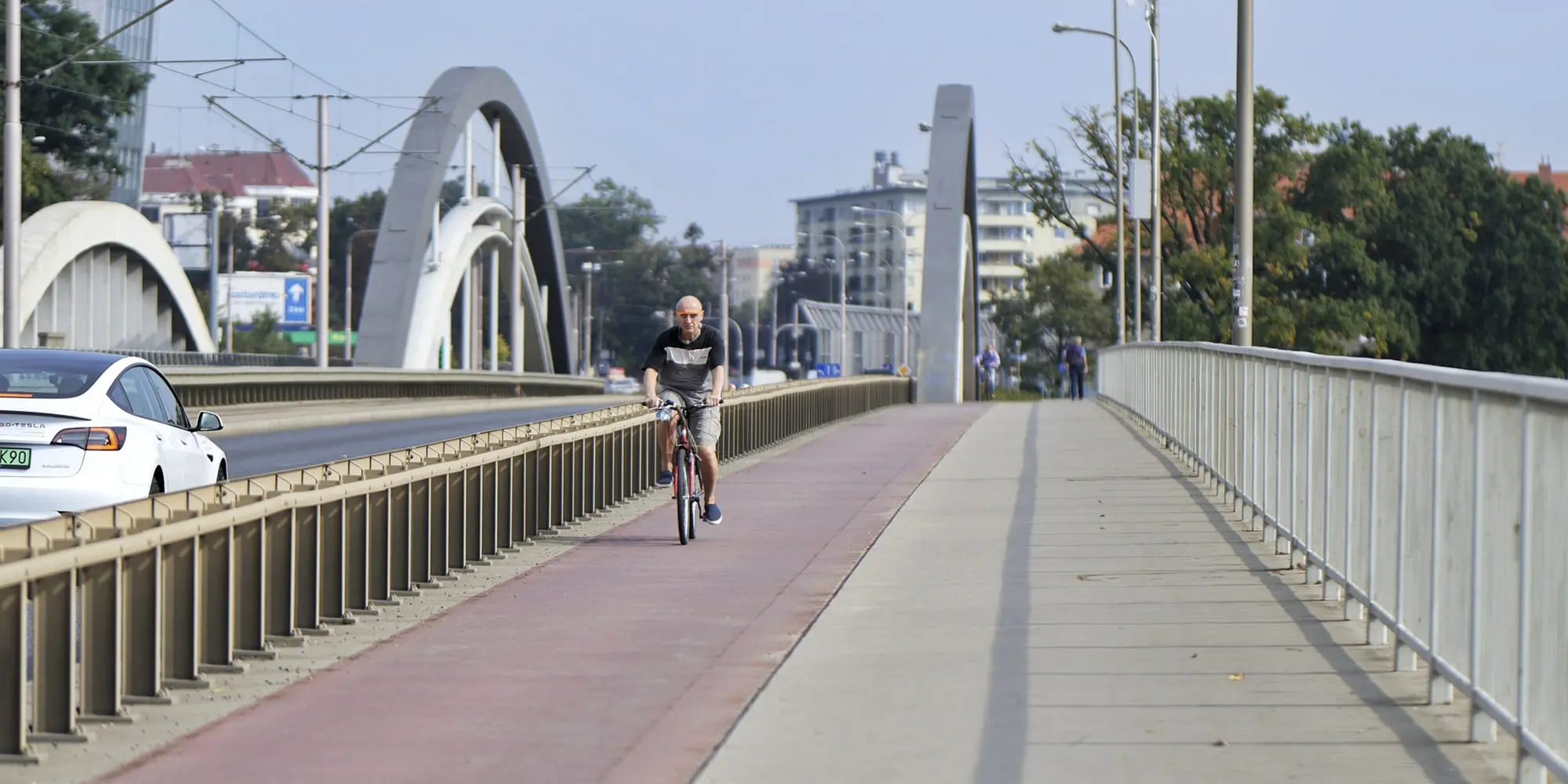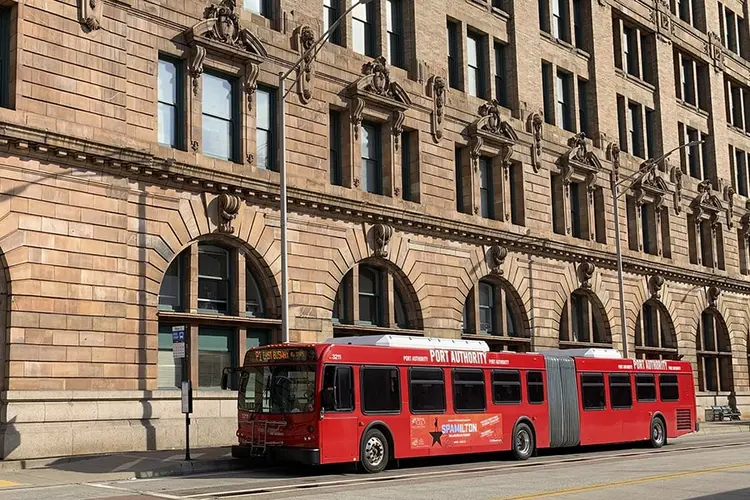
Micromobility Modes Could Replace 1/5 of Short Car Trips
Media Inquiries
In the United States, transportation is the largest source of greenhouse gas emissions. It will require investments and innovations across many domains to achieve the White House's goals in emissions reductions, including micromobility platforms like fleets of e-bikes or e-scooters.
Carnegie Mellon University's Corey Harper(opens in new window), an assistant professor in the Department of Civil and Environmental Engineering and Heinz School of Public Policy, led a study(opens in new window) that simulated the efficacy of an e-bike fleet in Seattle, which found that up to 18% of short, private vehicle trips of up to three miles could be replaced with e-bikes. Harper's results indicated that micromobility could reduce congestion on crowded corridors and that wide-scale bike lane deployment can maximize congestion benefits. However, the impacts to energy use and emissions are disproportionately low, and other measures such as vehicle electrification are needed to meet climate change emissions targets.
Micromobility modes are defined as single passenger vehicles weighing less than 1,100 pounds, with a top speed no greater than 28 mph, and lacking an internal combustion engine. This includes small self-propelled or electrically-powered vehicles like bikes, e-bikes, scooters and e-scooters. Their short range makes them ideal for condensed urban areas, especially when supported with dedicated infrastructure like bike lanes. These short trips make up 50% of all private vehicle trips in most urban areas.
Harper and his team used household travel survey and weather data from Seattle in 2014 to estimate the upper bound of private vehicle trips that could be replaced with micromobility modes. They considered multiple trip factors, including a person's age, trip purpose, time of day and weather, which Harper noted may vary from city to city. A city could increase the number of replaced short trips — from 18% up to 29% in Seattle, for example — by deploying cargo bikes with storage for tasks like grocery shopping.
Harper and his co-authors also believe that as micromobility modes become more accessible and people become more reliant on them for daily commuting, they will become better adapted and resilient to moderately inclement conditions like rain or cold. Regular usage could also bring significant public health benefits.
While micromobility could have a major impact on urban congestion, travel speeds and associated costs, it will have to be partnered with solutions elsewhere for reducing emissions. Due to the miles traveled, most emissions come from long-distance trips. Harper points to investments needed in electric vehicle deployment across public, private and commercial sectors; investment in commuter transit; and using micromobility modes for last-mile parcel delivery.
"Replacing short trips is good for public health and congestion, but micromobility can only decrease emissions by 2-3%," he said. "We need things like vehicle electrification, commuter buses and charging infrastructure. We're going to need to do a lot more to reduce a significant amount of emissions."
In Pittsburgh, Harper works in collaboration with the public bike share system Healthy Ride. He's helping by creating tools to predict where bike stations are most needed and to ensure they are distributed equitably. He hopes the benefits of micromobility will be matched by investments in bicycle infrastructure and cleaner transportation to help cities equitably accomplish the White House's climate goals.
Corey Harper

